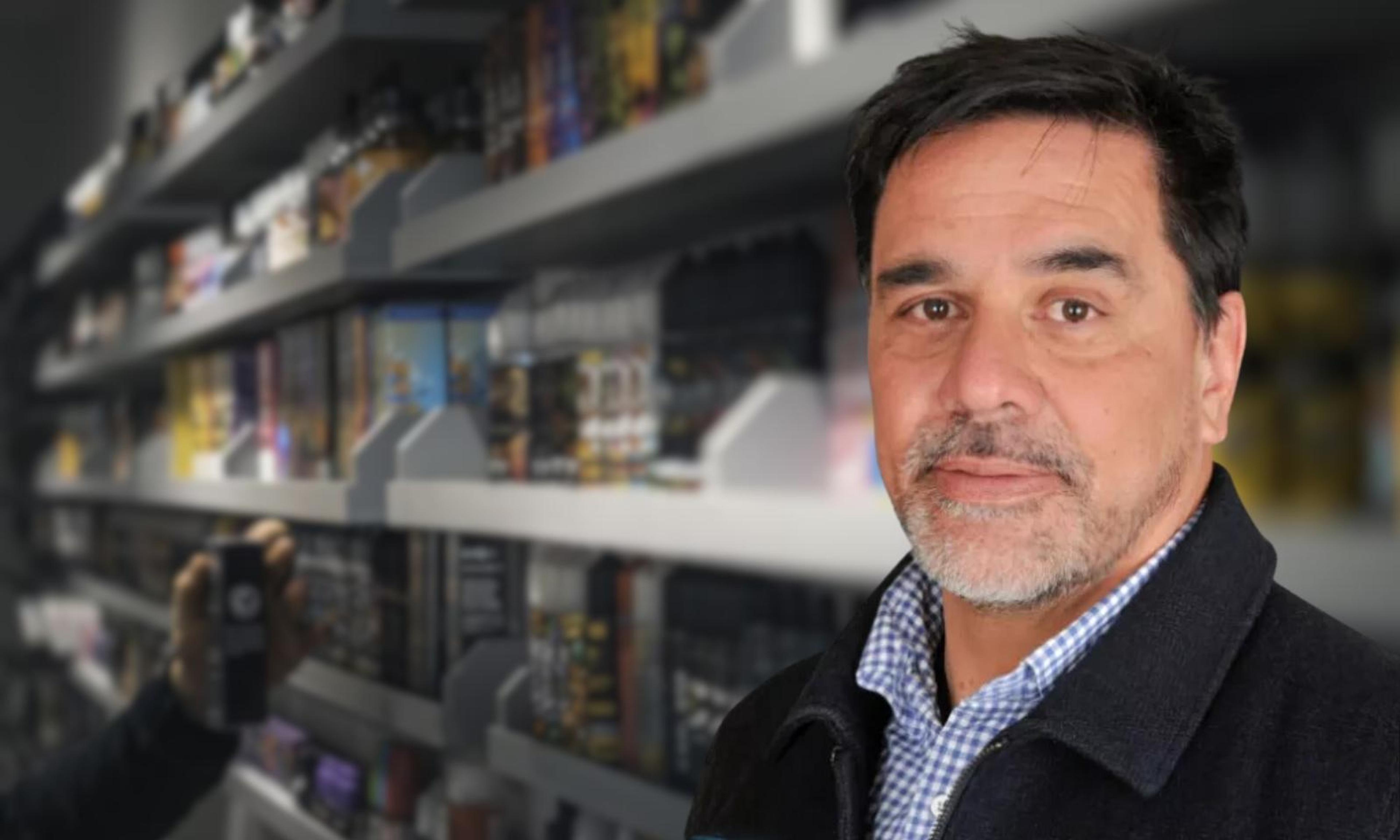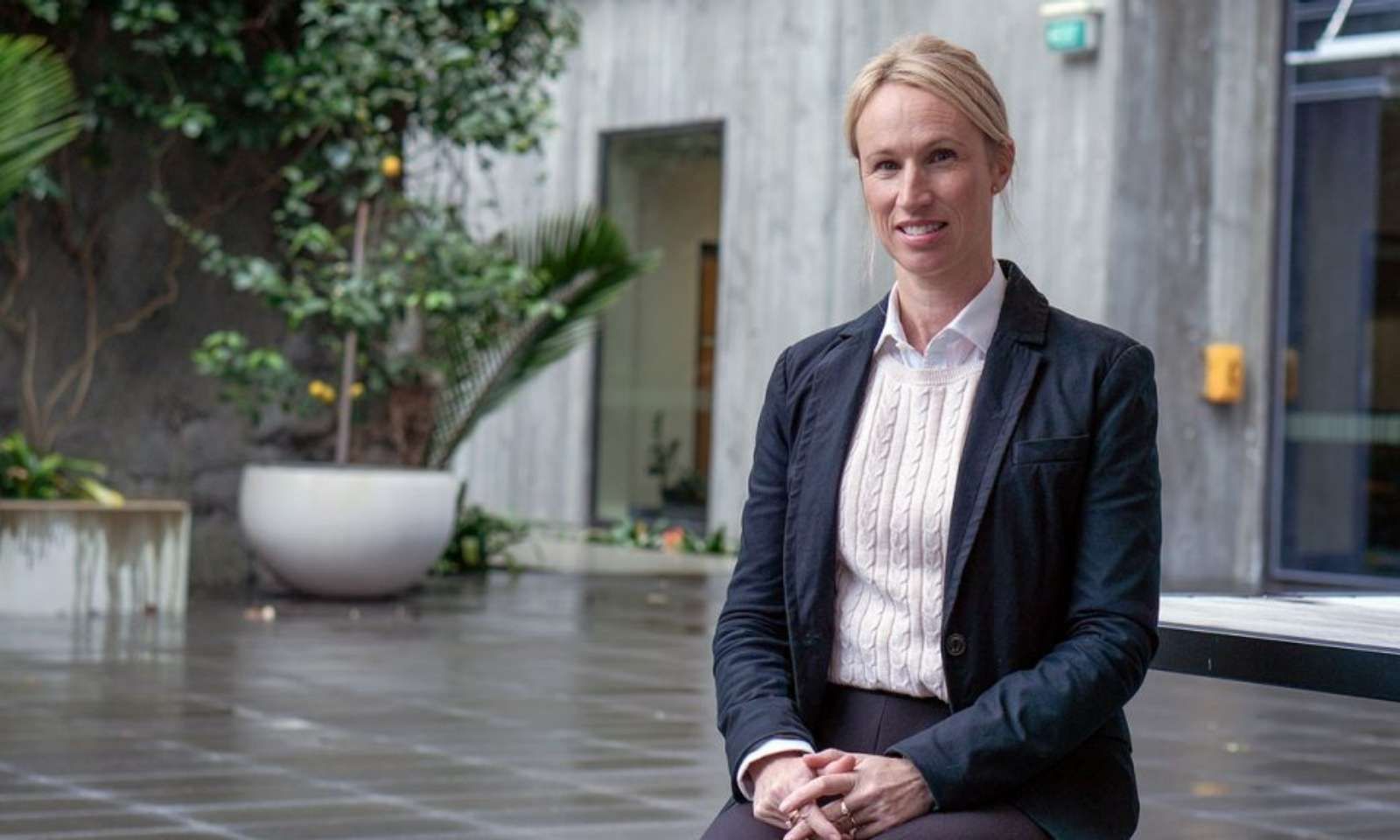

Andrew Waa.
Photo/100 Māori Leaders/Unsplash
Pacific and Māori youth bearing the cost of NZ’s ongoing vaping crisis
Health experts say the rise of vaping has slowed the nation’s progress towards a smoke-free generation, calling for stronger protections for young people.



New Pacific toolkit brings ancestral knowledge into Aotearoa classrooms





New Pacific toolkit brings ancestral knowledge into Aotearoa classrooms


Aotearoa’s youth vaping crisis is slowing the nation’s progress in cutting smoking rates, with new research showing Pacific and Māori adolescents are most affected.
Published in The Lancet Regional Health - Western Pacific, the study, Trends in smoking prevalence before and after the emergence of vaping in Aotearoa/New Zealand among 14-15-year-olds identifying as Māori, Pacific, European, or Asian, analysed data from almost 600,000 Year 10 students between 2003 and 2024.
Researchers from the universities of Otago, Auckland, and Sydney found that while smoking rates among young people declined sharply over two decades, this decline slowed significantly after vaping became common in 2010, particularly for Māori, Pacific, and European youth.
For every 1000 students, the study revealed that around 20 more Māori, 15 more Pacific, and 13 more European students were smoking regularly in 2024 than expected if trends before 2010 had continued.
Speaking with ‘Alakihihifo Vailala on Pacific Mornings, Andrew Waa, an Associate Professor at Ōtākou Whakaihu Waka, the University of Otago, expressed concern over these findings.
Waa, who is a Māori health and public health researcher involved in the study, says that the data indicates vaping is not effectively reducing smoking rates and may actually be contributing to an increase.
Listen to Andrew Waa’s full interview below.
He emphasised the need for stronger government legislation to protect youth from the risks of vaping. “We're continuing to see these inequities, these differences in outcomes when these things happen. So we think that we need more government legislation, stronger legislation to protect our youth from vaping,” Waa says.
“Things like not just expecting youth to make the right choices, should they be so readily available in every street corner? What can we do about this just to help prevent our kids from taking up this stuff?”
Dr Lucy Hardie, a population health researcher at Waipapa Taumata Rau, University of Auckland, echoes Waa’s concerns, saying the findings are alarming. Hardie explains that vaping appears to have “undermined progress in reducing regular smoking, especially among Māori and Pacific youth who were already facing disproportionate tobacco-related harm”.

Dr Lucy Hardie. Photo/University of Auckland
Between 2003 and 2024, regular smoking among 14- to 15-year-olds dropped to 6.2 per cent for Māori, 3.3 per cent for Pacific, and two per cent for European students. If the earlier trends had continued, these rates would have been 4.2, 1.8, and 0.7 per cent respectively.
The study also found that Aotearoa’s youth vaping rates are among the highest globally, surpassing those in the United States, Canada, and the United Kingdom. He says the repeal of the previous Labour Government’s Smoke-Free Act has negatively impacted efforts to address these inequities.
While the recent ban on disposable vapes and new packaging rules are positive steps, Waa says existing industry loopholes undermine their effectiveness. “So, yes, it's great to have these sorts of policies coming in,” he says.
“But if I'm being honest, I don't think the policies are making a dent at all in the vaping rates. Although they're probably reducing a bit, which is great, our vaping rates in Aotearoa are among the highest in the world.
“We need to do a lot more. Like we say, the vaping rates might be dropping, but this could be for a lot of reasons because there's a lot of other nicotine products coming onto the market as well.”
At the whānau level, Waa encourages parents to talk openly with their children about vaping and modelling healthy behaviours. He says good communication allows parents to understand their children’s perspectives better. Waa also calls on the vaping industry to take responsibility for the influx of these products among youth.
“The vaping problem [hasn’t] been created by our kids, it’s… been brought to our kids by an industry that really wants to exploit nicotine addiction. We've really got to challenge this idea that vapes are a recreational or lifestyle product, which is what the industry wants you to hear.
“What the industry is doing is [getting] lots of people [addicted] to their products that will be lifelong customers. Some people might need them to switch if they can't quit smoking altogether, but certainly not as a recreational or lifestyle product.”